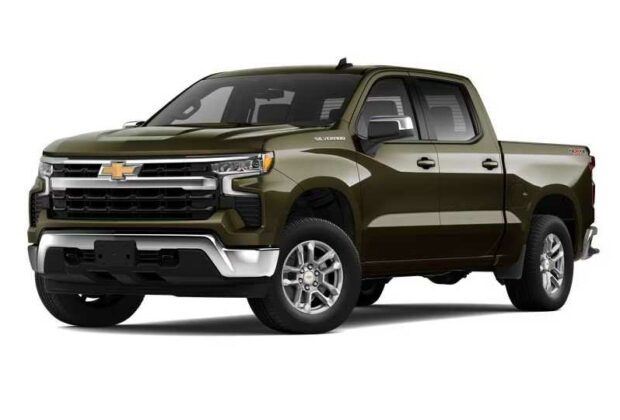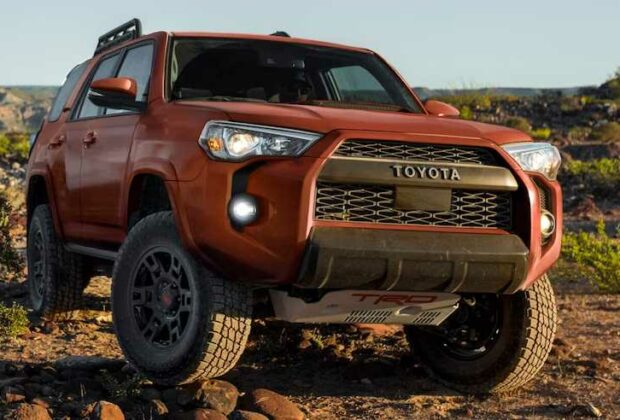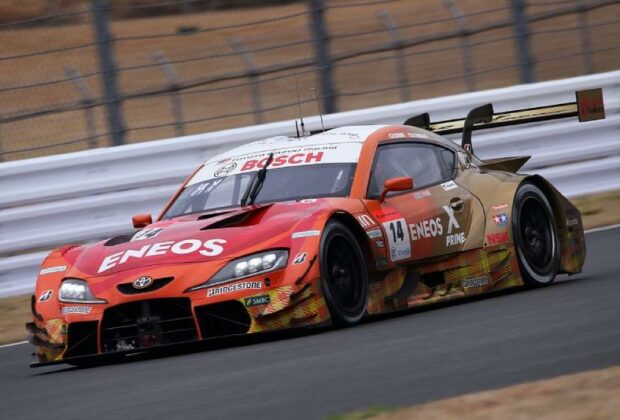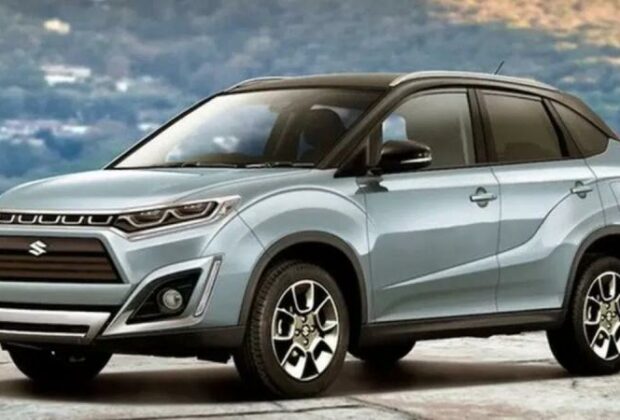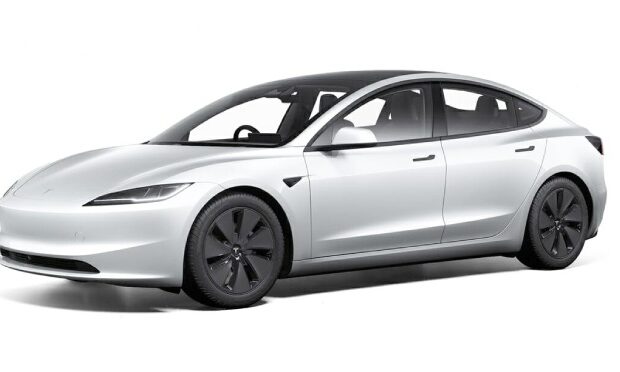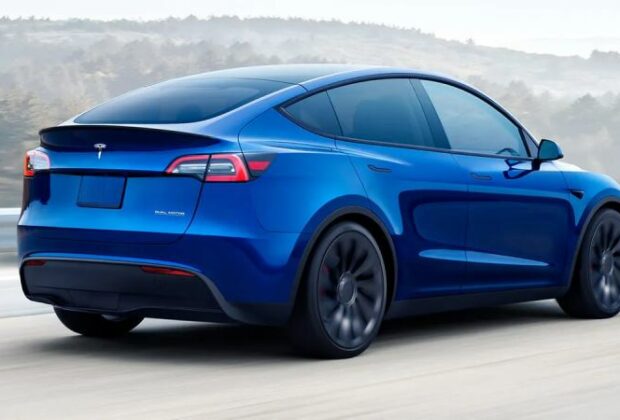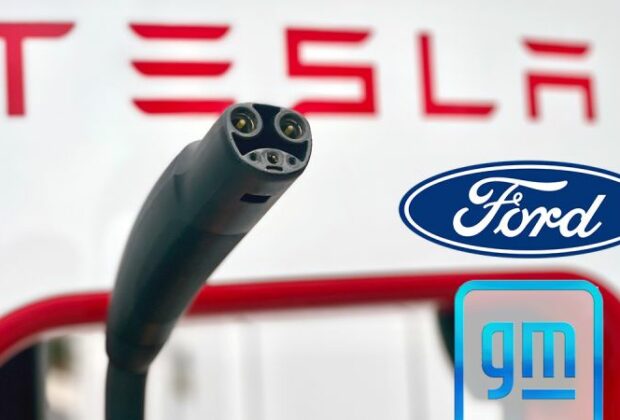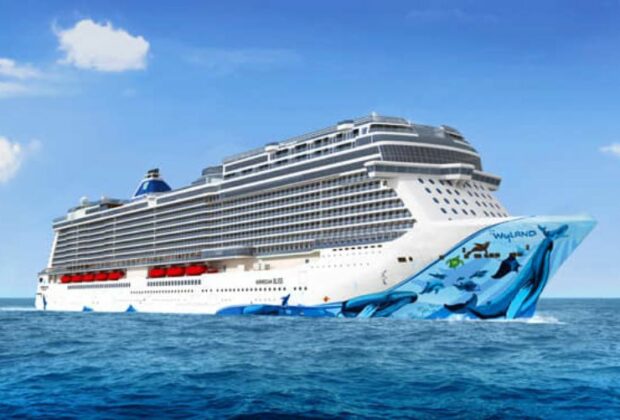The fifth-generation Toyota 4Runner made its debut in 2009 and will turn 15 years old in 2024. But even at this age, the 4Runner is still a very well-liked mid-size SUV. The 4Runner has maintained its high sales pace even if recent years have seen a decline in sales. Toyota sold more than 121,000 4Runner SUVs in 2022. While Toyota still offers the Tacoma pickup truck, which has always shared a large portion of its chassis, the 4Runner has become outdated.
While the 4Runner maintains its dominance in its fifth generation, Toyota totally revamped the Tacoma for the 2024 model year (however spy photos of the upcoming 2025 4Runner have surfaced). But is the updated Tacoma a superior car over the outdated 4Runner? This thorough comparison between the SUV and pickup truck tells us.
Both Performance and Capability
The 4.0-liter V6 engine of the fifth-generation Toyota 4Runner is paired with a 5-speed automated gearbox for power. There is no option for a manual gearbox with the 4Runner. Toyota discontinued the V6 engine for the Tacoma’s latest model. The engine of the brand-new 2024 model is a 2.4-liter inline-4 turbocharged unit. This engine comes standard with an 8-speed automatic gearbox, but it also has the option of a 6-speed manual. For the next Tacoma, Toyota will soon offer the same engine in addition to a hybrid setup. The 8-speed automatic gearbox is the sole transmission offered for this variant.
The 4Runner’s V6 engine is tuned to generate 278 lb-ft of torque and 270 horsepower. For any model, there is only one state of tuning accessible. The 2024 Tacoma’s 2.4-liter four-cylinder engine produces 310–317 lb-ft of torque and 270–278 horsepower in basic trim. In contrast, the Tacoma hybrid’s engine is more potent. According to Toyota, the 2.4-liter hybrid engine is calibrated to produce 465 lb-ft of torque and 326 horsepower.
Depending on the model, Toyota offers the 4Runner with either 2- or 4-wheel drive. Additionally, the 2024 Tacoma is available with basic two-wheel drive or, in most cases, four-wheel drive. The hybrid Tacoma models, however, will only be offered with 4×4 drivetrains.
Fuel Efficiency
The 4Runner’s 4.0-liter V6 engine isn’t thought to be very efficient. The 2024 4Runner is rated for 16 city miles per gallon and 19 highway miles per gallon. As a result, the SUV’s combined EPA rating is 17 MPG. Fuel efficiency ratings are not available for the hybrid Tacoma. Nonetheless, the pickup’s base 2.4-liter turbocharged engine is rated to provide 19 city and 24 highway miles per gallon, for a total fuel economy of 21 mpg.
Off-road Capability of the 2024 Toyota Tacoma vs. the 2024 Toyota 4Runner
The Tacoma outperforms the 4Runner in terms of towing. According to Toyota, the 4Runner can tow up to 5,000 pounds. But the 2024 Tacoma says it can tow up to 6,500 pounds, which is 1,500 pounds more than the SUV can. Even in terms of towing, the 4Runner can tow 1,625 lbs, while the Tacoma can tow 1,709 lbs.
Off-Road Suitability
The most capable off-road vehicles are the 4Runner and Tacoma TRD Pro variants. These vehicles include unique appearance as well as improvements and enhancements that improve off-road driving. In that case, the 4Runner and the new Tacoma are fairly similar because of their similar approach and departure angles, yet the Tacoma has a superior break over angle. Furthermore, the Tacoma has 11 inches of ground clearance, compared to 9.6 inches for the 4Runner, making it the better off-road vehicle.
Technology And Interior Design
Being a three-row SUV, the 2024 4Runner’s interior is extraordinarily roomy, seating up to seven people. The controls and switches on the dashboard are arranged in an intuitive manner, making them easy to use. On the other hand, the interior design of the 4Runner actually reflects its age. Additionally, because of its elevated riding position, some people could find it challenging to enter and exit the 4Runner.
The 2024 Tacoma’s inside has been entirely remodelled by Toyota and is equipped with the newest amenities and technology. The Tacoma’s front passenger seat can be folded down to make a flat workstation in the base models. On the other hand, the Tacoma TRD Pro model’s front seats have shock absorbers that help keep the occupants stable when travelling off-road. The Tacoma’s cabin is roomy enough to easily fit four adults. But in comparison to other trucks in its class, the rear legroom is very small.
Technology Comparison of the 2024 Toyota Tacoma and 2024 Toyota 4Runner
An 8-inch touchscreen infotainment system is standard on the 2024 Toyota 4Runner. Both Android Auto and Apple CarPlay are compatible with the infotainment system. Toyota adds Amazon Alexa voice assistance and a high-end JBL audio package to the SUV’s upper trim levels.
An 8-inch touchscreen infotainment system is standard on Toyota Tacomas. Nevertheless, a larger 14-inch touchscreen is offered on higher trim levels of the pickup truck. All Tacoma trim levels come with wireless Apple CarPlay and Android Auto as standard features. A 12.3-inch digital gauge cluster is also included for the driver; this is an optional feature but is standard on higher trim levels.
Dependability and Safety
The IIHS last conducted crash testing on the Toyota 4Runner in 2014. The IIHS gave the 4Runner a ‘Moderate’ overall safety rating for the small-overlap front test, but gave it a ‘Good’ grade for every other category. The 4Runner received four stars from the NHTSA overall, but only three stars in the roll-over test. Crash testing for the third-generation Tacoma was completed in 2022. Neither the IIHS nor the NHTSA have conducted crash tests on the fourth-generation, 2024 Toyota Tacoma.
Comparison of Reliability
The 2024 4Runner and Tacoma models are not the subject of any recalls, inquiries, or customer complaints that the NHTSA is aware of. Nonetheless, the Toyota Tacoma is ranked as the second most dependable mid-size pickup for 2024 by iSeeCars. While when it comes to mid-size SUV dependability, the 4Runner continues to rule supreme.
All new Toyota cars come with a standard 3 year/36,000 mile warranty package. Toyota vehicles come with a guarantee that covers the drivetrains for five years or 60,000 miles, and the metal bodywork are protected against corrosion for an additional five years.
Even though the 4Runner is becoming older, it is still in demand. The fact that the starting price is significantly more than that of the new Tacoma is even more unexpected. The 4Runner’s basic price begins at $40,705, while the Tacoma SR’s base price is $31,500. The 4Runner Limited, with the highest level of equipment, is priced at $49,940. On the other hand, the Tacoma’s equivalent begins at $52,100. $55,170 is the price of the 4Runner TRD Pro. But the Tacoma’s pricing is restricted to the base turbocharged engine. The Tacoma hybrid’s price has not yet been disclosed by Toyota. It is anticipated that the hybrid model will cost more.Only the hybrid powertrain will be offered in the off-road capable Tacoma TRD Pro and the overland-designed Tacoma Trailhunter. For this reason, the two unique flagship Tacoma trim levels’ prices are not yet available.
Read Full Article

